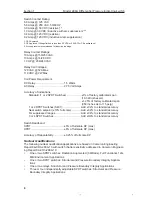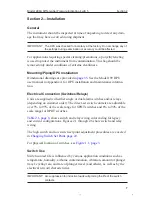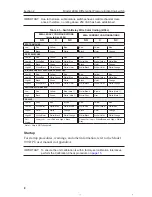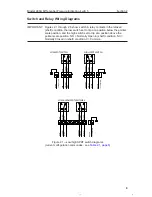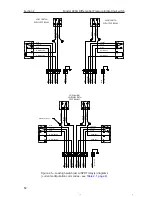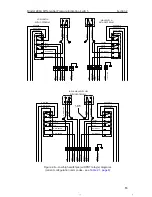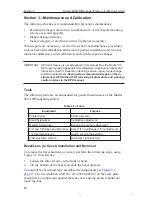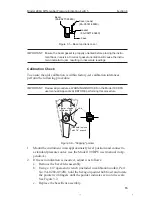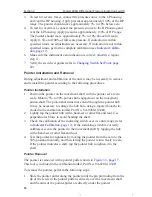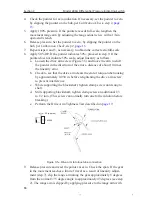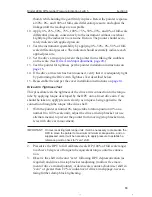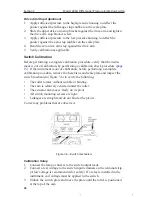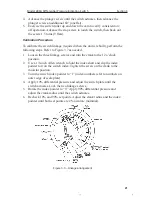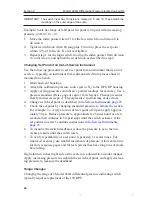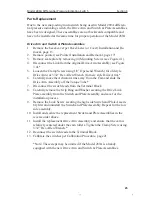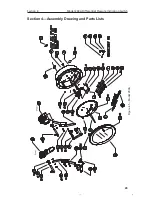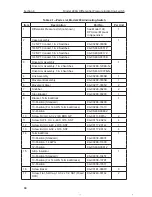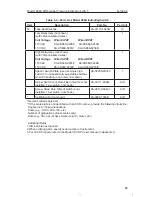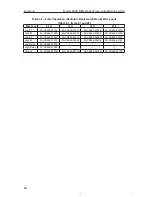
19
Model 289A Differential Pressure Indicating Switch
Section 3
thumb, while holding the gear firmly in place. Retest the pointer response
at 50%, 0%, and 100% of full-scale differential pressure, and adjust the
linkage until the readings are acceptable.
10. Apply 0%, 25%, 50%, 75%, 100%, 75%, 50%, 25%, and 0% of full-scale
differential pressure consecutively to the instrument without overshoot.
Lightly tap the indicator to overcome friction. The pointer should accu-
rately indicate each applied pressure.
11. Test the instrument repeatability by applying 0%, 50%, 0%, 50% of full-
scale differential pressure. The indicator should accurately indicate each
applied pressure.
12. Set the drive arm stop to prevent the pointer from striking the snubbers
on the scale. (See
Drive Arm Stop Adjustment, page 20
.)
13. Test the pointer for tightness per the pointer installation instructions on
page 16
.
14. If the drive arm screw has been loosened, verify that it is adequately tight
by performing the Drive Arm Tightness Test described below.
15. Reassemble the unit per the cover installation instructions on
page 14.
Drive Arm Tightness Test
This procedure tests the tightness of the drive arm's connection to the torque
tube by applying torque developed by the DPU onto a fixed drive arm. Care
should be taken to apply pressure slowly, as torque is being applied to the
connection through the torque tube drive shaft.
1. With the pointer at normal 0% torque tube rotation position (0% on a
normal 0 to 100% scale unit), adjust the drive arm stop bracket (or use
alternate means) to prevent the pointer from moving (stop bracket inter-
feres with drive arm movement).
IMPORTANT: On reverse acting/split range units, it will be necessary to pressurize the
DPU to move the pointer to maximum minimum scale position, and on
suppressed units, it will be necessary to apply pressure to establish a
reference point to check for "zero" shift.
2. Pressurize the DPU to full calibrated scale DP (100% of full scale range)
to achieve 8 degrees of torque tube equivalent torque onto the connec-
tion.
3. Observe the shift in the unit "zero" following DPU depressurization (as
required) and drive arm stop bracket readjusting (to allow free move-
ment of drive arm and pointer). A downscale (counter-clockwise) shift in
"zero" of greater than 1/2% is indicative of drive arm slippage, necessi-
tating further clamp block tightening.


